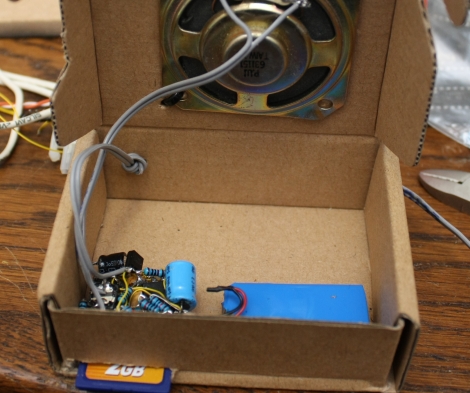
Sony Ericsson recently added a new section to their developer world portal called Unlocking the boot loader. They provide all the information and tools needed to root some of their newer Android phones.
Of course, this information comes from Sony Ericsson dripping with warnings, disclaimers and warranty-voiding rhetoric. Once you’ve waded through all of that, you’ll have to enter your phone’s IMEI number, your name and email address in order to get your phone’s unique bootloader unlock key. Here’s hoping they don’t use the form information to instantly void warranties.
Unlocking doesn’t come without consequences, but from UI tweaks and performance improvements to custom apps and tethering, there are probably more reasons to unlock your Android device than there are reasons to leave it alone. In an age where people are making a fuss about companies adding stumbling blocks for would-be jailbreakers, it’s good to see that at least one of them is doing what they can to help hackers take the plunge. Anyone want to clear up why Sony Ericsson feels like supporting hackers but Sony sues people for doing similar things on the ps3?
Thanks to [flip] | remixed image credit (cc by-sa 2.0): [taka@p.p.r.s]













